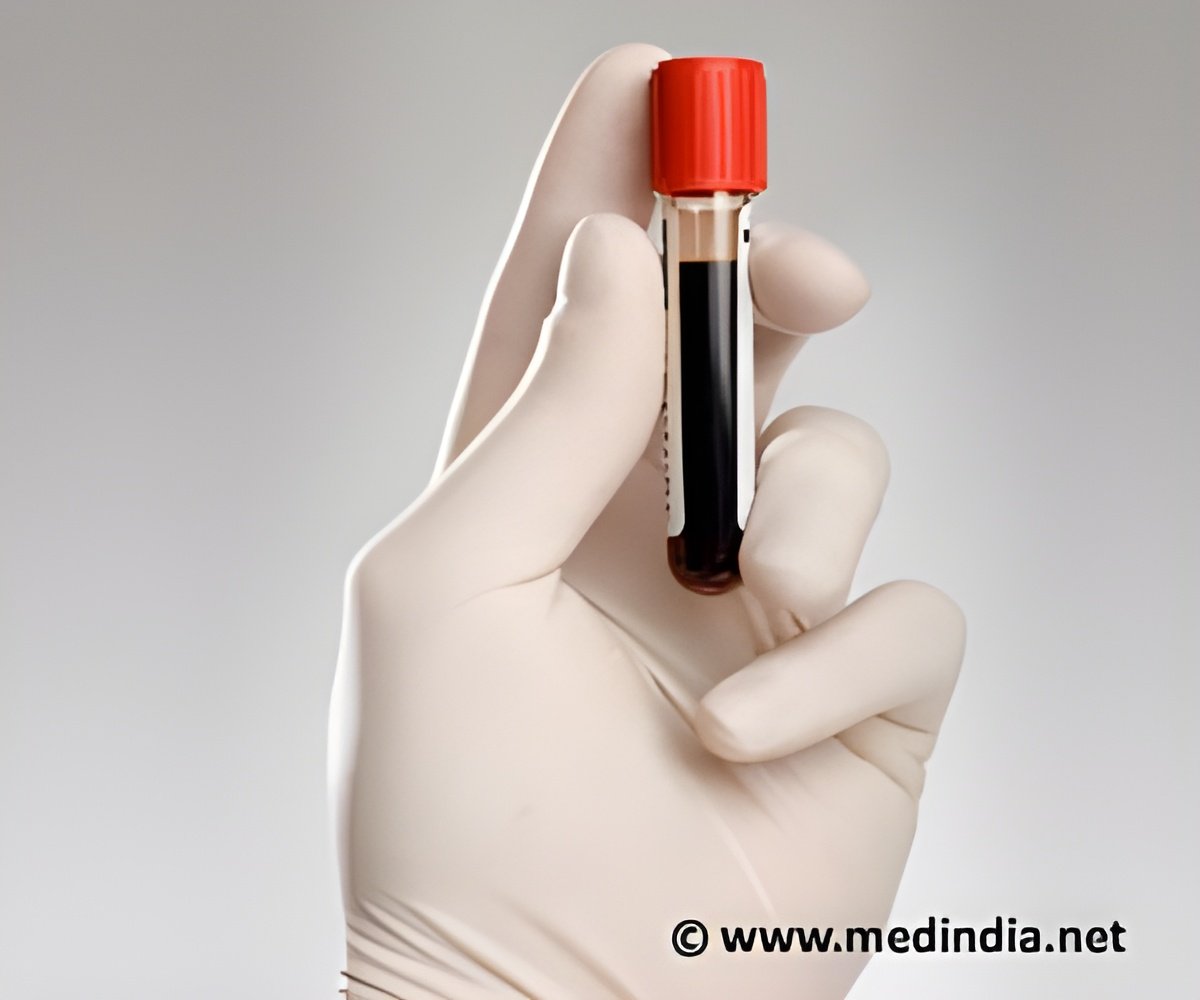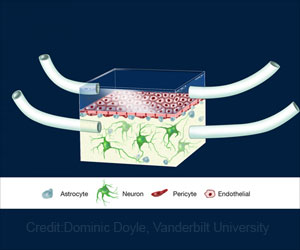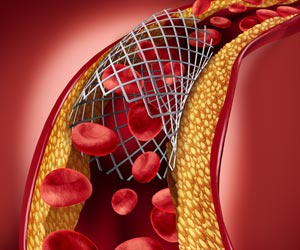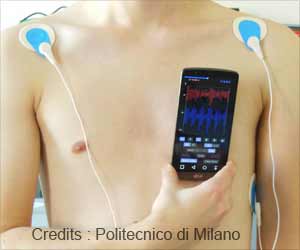Simple, low-cost pressure pump operating microfluidic devices enables the detection of cancer cells in blood samples and to test water contaminants.

‘DIY pressure pump to identify cancer cells in blood samples and microorganisms in the water at low-cost.’
Read More..




Pumps are used to make biological samples flow through microfluidic devices while their contents are identified beneath a microscope. This DIY pump came from a collaboration between researchers at RMIT University and the Walter and Eliza Hall Institute of Medical Research in Melbourne, Australia, who demonstrated its viability in tests to detect aquatic parasites and cancer cells and to study vascular diseases.Read More..
Inspired by football
Study lead author and RMIT engineer, Dr Peter Thurgood, said the team took inspiration for the simple invention from footballs, which hold large pressures when reinforced.
"We started with basic latex balloons, then realised that regular stockings made from nylon and elastane could be a perfect match to reinforce them, allowing them to hold significantly higher pressure and function as pumps," Thurgood said. "By simply wrapping three layers of stockings around the latex balloon we were able to increase its internal pressure by a factor of 10 - enough to run many water or blood analyses that would usually require large, expensive pumps."
Experiments showed the reinforced balloon pump could be used to operate microfluidic devices for several hours without a significant pressure loss.
Advertisement
A low-cost field tool where it's needed most
Advertisement
He said this simple innovation opened exciting opportunities in field water testing and the ability to test and diagnose patients for infectious pathogens and aquatic micro-organisms at the point-of-care.
"Parasitic micro-organisms have a major impact in impoverished communities in tropical and subtropical regions globally, but also in developed countries including Australia," Jex said. "In order to address this there is an urgent need for field-based, low-cost diagnostic tools that work in challenging, sometimes remote and often complex environments very different from a pristine laboratory." "As simple as it may look, this device suits those needs really well and could have a big impact."
Co-author and RMIT biologist, Dr Sara Baratchi, said it also had promising applications for early diagnosis of diseases at home or in the doctor's surgery.
The balloon pump was tested as a point-of-care diagnostic device for detection of very low concentrations of target cancer cells in liquid samples, and found to work.
"The hydrodynamic force of liquid produced by the reinforced balloon was enough to isolate cells for study, which was really amazing for a $2 pump!"
Baratchi is now working on applying the simplified pump technology to develop organ-on-chip systems that mimic the flow conditions in dysfunctional vessels, to better understand diseases like atherosclerosis that lead to heart attack and stroke.
An opportunity for outreach
RMIT engineer and project leader, Dr Khashayar Khoshmanesh, is a leading researcher in the field of microfluidic based lab-on-a-chip technologies. He said while microfluidics had made significant progress over the past decade, their widespread application had been limited by the cost and bulk of pumps required to operate them.
"Simplicity is at the heart of our entire research program. By redesigning sophisticated microfluidic devices into simplified ones, we can maximise their outreach and applications for use in teaching or research in the field, not just in sophisticated labs," he said. "We envisage these types of pumps also being suitable for student classwork experiments to support capability development in this important area of research from an earlier stage."
Source-Eurekalert










